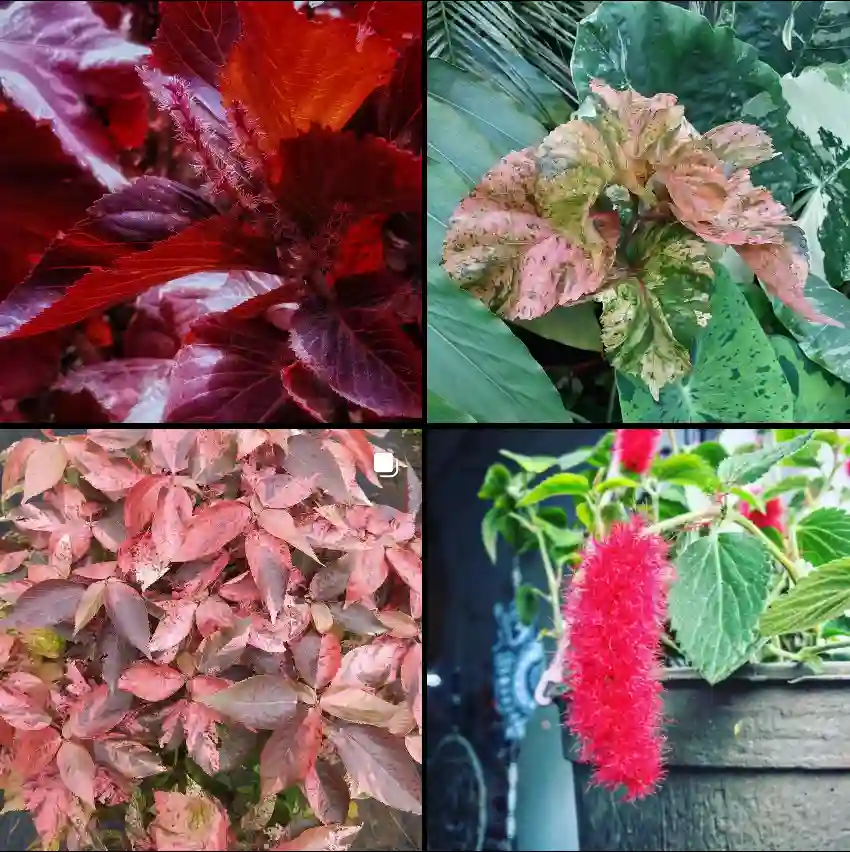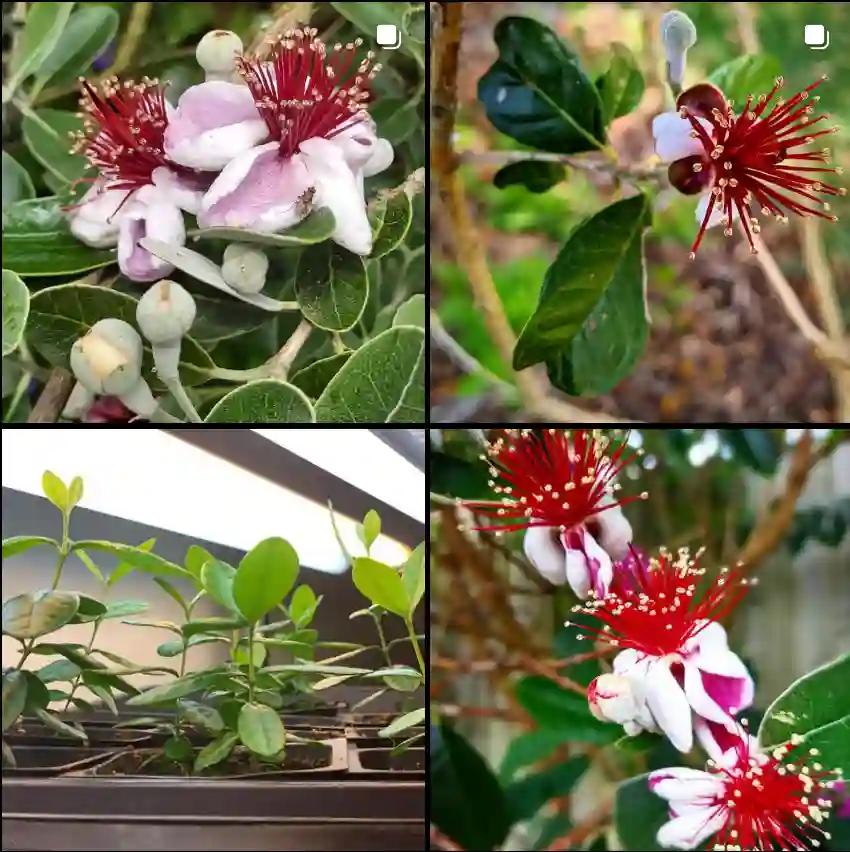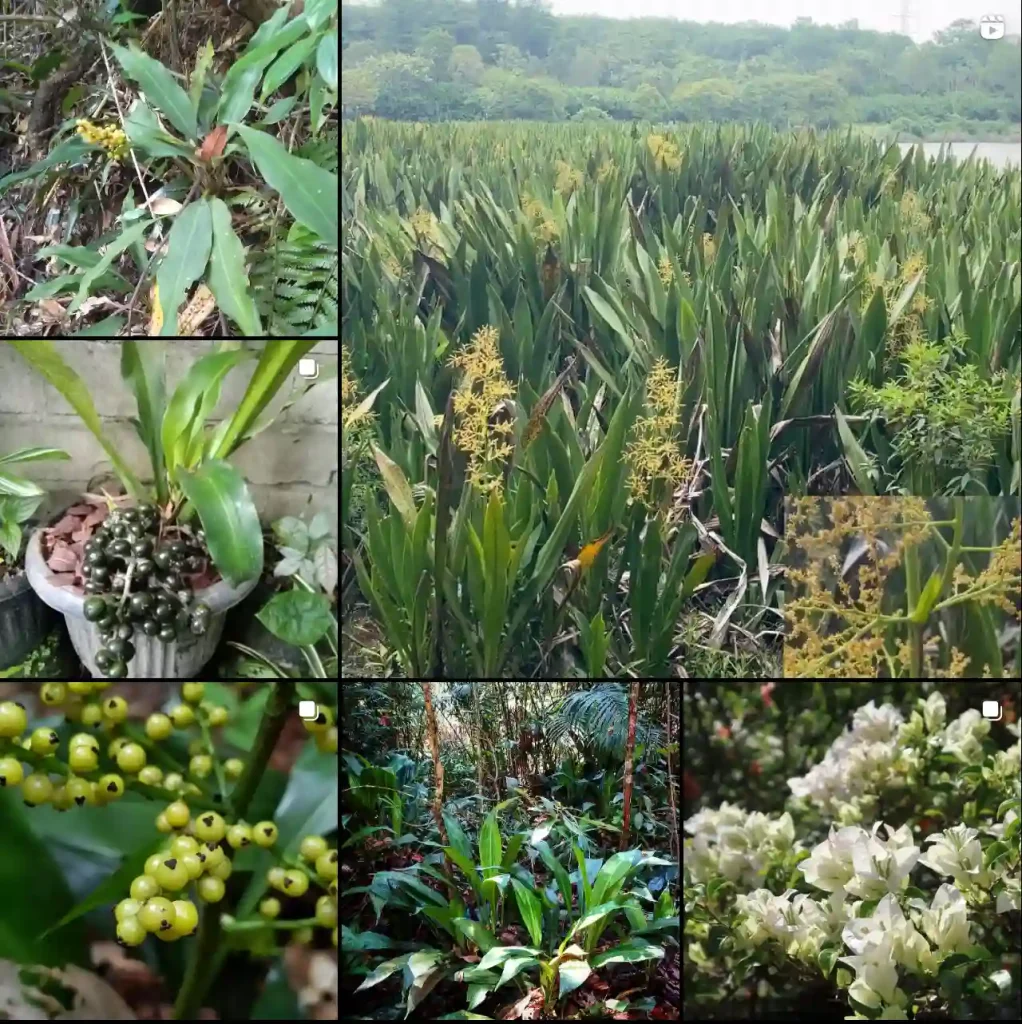All About the Interrupted Fern: An Interview with Ferb Vu
Hi everyone, Ferb Vu here! Today, we’re diving deep into the world of a fascinating fern – the Osmunda Claytoniana, also known as the Interrupted Fern.
This unique plant has captured the hearts of many gardeners with its distinctive appearance and easy-going nature. So, whether you’re a seasoned plant enthusiast or a curious beginner, this FAQ will equip you with everything you need to know about caring for this little beauty.
What is an Osmunda Claytoniana?
The Interrupted Fern is a deciduous fern, meaning it loses its fronds in winter. It’s native to eastern North America and parts of eastern Asia, thriving in moist, shady woodlands.
The “interrupted” part of its name comes from its fertile fronds. These fertile fronds, located in the middle of the main frond, turn brown and die back in mid-summer, creating a distinct interruption in the otherwise green foliage.
What Does an Interrupted Fern Look Like?
Imagine a graceful arch formed by bright green, lance-shaped leaflets. That’s the sterile portion of the Interrupted Fern’s frond. In the center of this arch, nestled amongst the sterile leaflets, you’ll find the fertile fronds. These fertile fronds are shorter and brown, packed with spores for reproduction.
The fronds themselves can grow up to 40 inches tall and 12 inches wide, adding a touch of elegance to any shady corner. In spring, keep an eye out for the emerging fiddleheads – tightly coiled, silvery-white fronds that unfurl into the signature interrupted pattern.
How Does the Interrupted Fern Differ from Other Ferns?
Ferns come in a vast variety, but the Interrupted Fern stands out in a couple of ways.
- Fertile Frond Placement: Unlike most ferns where the spores are hidden on the undersides of the leaflets, the Interrupted Fern boasts its fertile fronds in the middle, creating a striking interruption in the green foliage.
- Deciduous Nature: Many ferns are evergreen, keeping their fronds year-round. But the Interrupted Fern sheds its fronds in winter, adding a touch of seasonal change to your garden.
Is the Interrupted Fern Easy to Care For?
Absolutely! The Interrupted Fern is a low-maintenance plant that thrives in neglect (well, almost). Here’s what you need to know:
- Light: Shade to partial shade is ideal. Avoid direct sunlight, which can scorch the fronds.
- Soil: Moist, well-draining soil is key. If your soil is heavy clay, consider amending it with compost or other organic matter to improve drainage.
- Watering: Water regularly during the growing season, especially during hot and dry spells. Aim to keep the soil consistently moist but not soggy.
- Fertilizer: You don’t need to fertilize heavily. A light application of compost or organic fertilizer in spring is sufficient.
- Winter Care: Once the fronds die back in winter, simply cut them back to the ground. The fern will sprout new growth come spring.
Can I Grow the Interrupted Fern Indoors?
While the Interrupted Fern prefers the outdoors, it can adapt to container life indoors with proper care. Here are some tips:
- Potting Mix: Use a well-draining potting mix specifically formulated for ferns.
- Light: Place your fern near a north-facing window for indirect light.
- Humidity: Ferns love moisture. Group your fern with other humidity-loving plants or use a humidifier to create a more humid environment.
- Watering: Water regularly, allowing the top inch of soil to dry slightly between waterings. Avoid overwatering, which can lead to root rot.
Remember, indoor conditions can be trickier than outdoors. If your fern struggles, don’t hesitate to move it back outside in a shady spot during the warmer months.
Where Can I Buy an Interrupted Fern?
Many nurseries and online plant retailers carry the Interrupted Fern. Look for healthy plants with vibrant green sterile fronds and developing fiddleheads in spring.
With its unique looks and easy-going nature, the Interrupted Fern is a perfect addition to any shade garden. So, give this fascinating fern a try, and enjoy its graceful presence in your outdoor haven!
If i die, water my plants!



